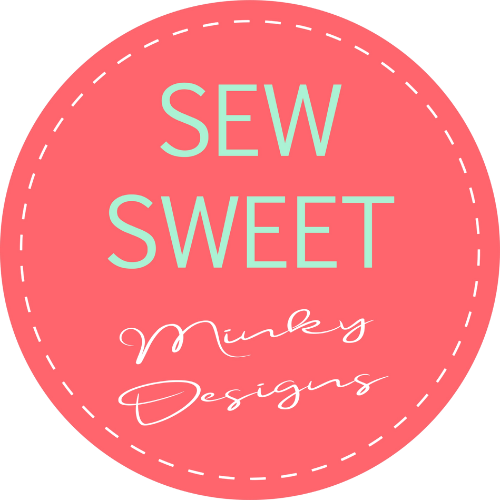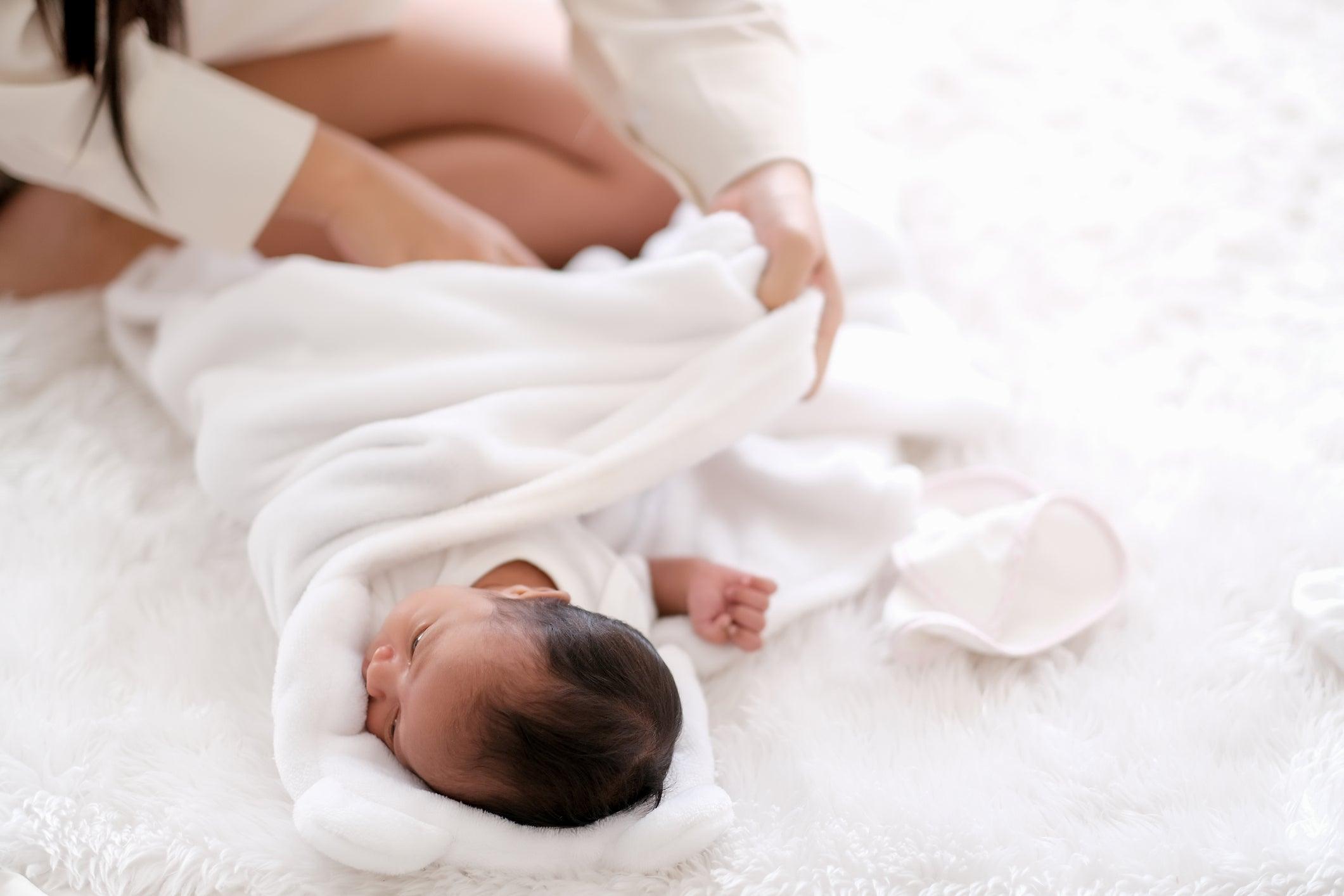What Is a Receiving Blanket?
Preparing for the birth of a baby can be overwhelming. There are so many options for clothing, diapers, formula, and all the other necessities that it can be tricky to know which will be best for you and your growing family.
Fortunately, when it comes to blankets, you have some wiggle room. They come in various fabrics and sizes that can be used for a variety of purposes, so you don’t need to worry about buying 27 different kinds. For starters, you’ll definitely need a receiving blanket or two, but if you choose wisely, these should cover all or most of your bases.
So, what is a receiving blanket anyway?
What Is a Receiving Blanket?
A receiving blanket got its name because, traditionally, it was the first blanket the baby was wrapped in after being born. Receiving blankets can be made from any soft material and range in size, as long as they are large enough to wrap around the baby. However, they do not have to be large enough for swaddling. Most commonly, receiving blankets are 30 x 30 inches and made from a thin, soft material, such as cotton, minky, or flannel.
What Can Receiving Blankets Be Used For?
Receiving blankets are meant to be comforting and are ideal for parent/child snuggles, feeding time, tummy time, and more. Imagine your soft, sweet baby lying on your chest with a cozy blanket while you and your spouse watch a movie. Or sneaking into a quiet room to feed your little one and using a fluffy blanket to keep you both comfortable and warm.
You can also use blankets to cover up during feedings when privacy is not an option, lay your baby on for changing diapers, and even protect your clothing when burping. Plus, when they are ready to begin playing on their tummies and practice lifting their heads, what better to lay them on than a super soft, favorite blanket?
Tummy Time Blankets
In addition to softness and comfort, using a receiving blanket for tummy time can have developmental benefits. Choose a blanket with different colors, patterns, and textures for added stimulation and learning. A minky blanket is a great option for this activity. You can find a variety of colors and patterns, plus they are super soft and have a slightly different texture from many other types of blankets.
When Not to Use Receiving Blankets
When your baby is very young, they may sleep better if they are swaddled, as the snug wrapping reminds them of the womb. If you choose to use your receiving blanket for this purpose, make sure it is large enough to reach all the way around the baby and remain tucked in. Never put loose blankets of any kind in a baby’s crib, especially if they can’t yet roll over or lift their head. They can become tangled or end up with their faces covered, which is extremely dangerous.
How to Wash Minky Fabric Receiving Blankets
Some new parents don’t consider minky blankets for their babies because they are under the impression that minky is difficult to keep clean. Spit up, diaper blowouts, baby food, drool, and other messes can be a frustrating part of parenting. Fortunately, learning how to wash minky fabric receiving blankets is actually not very difficult.
- Carefully read the manufacturer’s care and cleaning instructions.
- Wash alone in cold water. Using a washing machine is fine as long as you avoid heat, which can melt the fibers of the fabric.
- Use liquid or powder detergent, but not detergent pods or fabric softeners.
- Line dry or lay flat. When the blanket is dry, you can put it in the dryer on an “air only” setting to fluff it up, but do not use heat.
Best Minky Blankets to Use as Receiving Blankets
Check out Sew Sweet Minky Designs for the best selection of beautiful minky blankets for infants. Our hand-stitched designs are perfect for new moms and work wonderfully as receiving blankets. Find your favorite today!


Share:
How to Make a Blanket Ladder
How to Make a Blanket Fort